mice
Latest
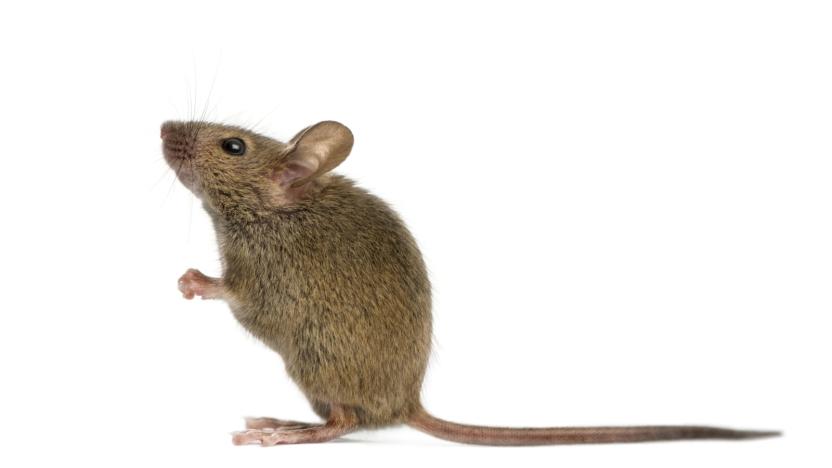
Stem cell therapy makes sterile mice fertile again
Researchers at Shanghai's Jiao Tong University have conducted an experiment involving stem cells and sterile mice. Germline stem cells -- the building blocks of an egg -- were taken from a young mouse and implanted into the ovary of a mouse that had been sterilized. Five to eight weeks later, and this implanted mouse was mated with a healthy to see if pregnancy would occur. The experiment, which tested eight such mice, found that six of the group managed to fall pregnant and deliver healthy offspring.

Lab-grown stem cells could replace blood donations
Stem cells are kind of wild and can be used to create just about anything. Now, scientists have successfully created blood in a lab using the wundermaterial. As New Scientist points out, this could mean that certain cancer patients wouldn't have to undergo painful bone-marrow transplants in the future. And, that finding donors for such could no longer be an issue.
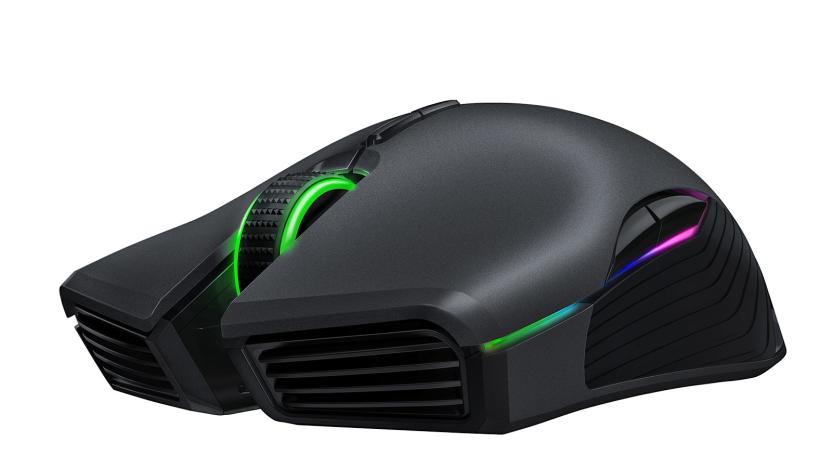
Razer claims its wireless mouse is good enough for eSports
For pro gamers, wired mice have always been the only option, but now it looks like Razer is trying to change that. Following in the footsteps of Roccat, the peripheral company is releasing Lancehead - a wireless mouse which it claims is the most reliable ever made. Powered by Razer's new Adaptive Frequency Technology, the mouse automatically switches between the strongest frequencies available within its 2.4 Ghz band - resulting in lag-free mouse movement. As well as boasting a resolution accuracy of 99.4 percent, the Lancehead also allows users to save mouse settings directly to the device while simultaneously uploading them to the cloud.

Mice brains store backup copies of memories
Turns out that even the human brain might use redundancy when it comes to storage. New research out of the Riken-MIT Center for Neural Circuit Genetics suggests that memories are stored in two places in the brain: the hippocampus for short-term and the cortex for longterm. Previously, the prevailing theory was that once a memory was formed in the hippocampus, it would then move to the cortex for storage. But that may not be the case, according to a paper published in Science.

Scientists reverse Alzheimer's-like symptoms in mice
Scientists have discovered a way of counteracting the proteins that cause Alzheimer's-like symptoms including memory loss. In mice, at least. Whereas other treatments have focused on beta-amyloid clumps (which the University of Michigan recently discovered how to "fingerprint"), researchers at Washington University in St. Louis, Missouri focus on tau protein tangles. Specifically, the genes that produce them.

Roccat's new wireless gaming mouse promises zero lag
Wireless gaming mice are arguably more convenient and less hassle than wired mice, but they can come with a significant downside: lag. Roccat's latest wireless gaming mouse aims to address this issue with the Owl-Eye optical sensor, which promises to translate motions to the screen with 1:1 accuracy. It's one of three new mice and a swanky new keyboard Roccat revealed this week at CES 2017.
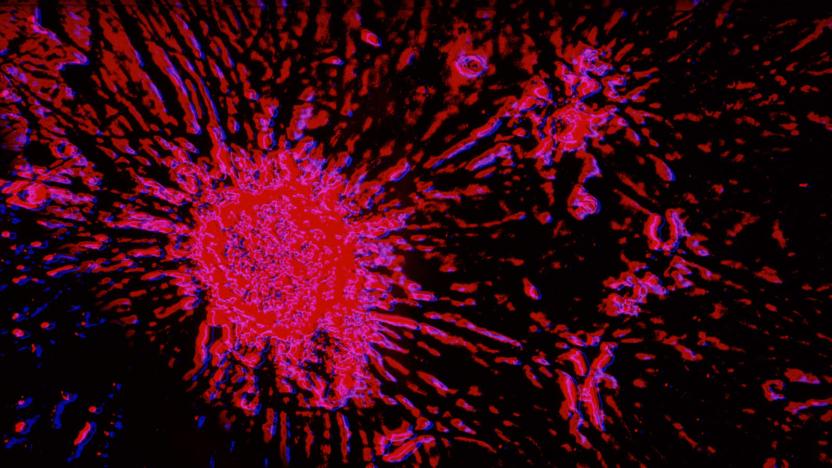
Cancer consumes fat to feed its metastatic march in mice
Stopping cancer in its tracks may be easier than we thought and possible without debilitating rounds of chemo and radiation therapies. All we have to do is take away its energy source. Researchers at the Institute for Research in Biomedicine at the Barcelona Institute of Science and Technology in Spain have discovered that a cancerous cell's metastasization -- the process through which the disease spreads throughout the body -- relies heavily on the presence of a single molecule which allows the cells to absorb lipid fats from their environment.

Scientists' realistic lab-grown gut tissue thrives in mice
A team of scientists have not only created gut tissue that's so close to the real thing, they've also successfully grafted it into mice for the first time. The team converted ordinary skin and white blood cells into pluripotent stem cells, which have the capability to transform into any type of cell. By providing the right nutrients, they were able to induce the stem cells to turn into basic intestinal tissues. But they didn't stop there -- they also created nerves that gave the tissue the ability to pulsate, which is what moves food through our gastrointestinal tract.
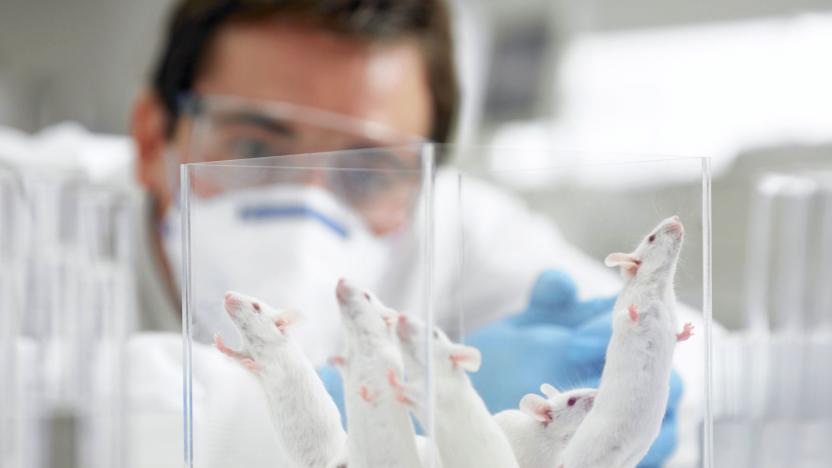
Rodent trials suggest screen-addiction hurts child development
A new study from the Seattle Children's Research Institute may have taken the first step towards confirming something my parents have been telling me for decades: too much TV rots your brain. Well, at least it does for mice. Scientists found that raising groups of mice in an environment designed to simulate extreme screen exposure developed behaviors similar to those found in children with ADHD -- resulting in adult mice with more memory problems and less patience.

ICYMI: Wearable robots will walk all over you
try{document.getElementById("aol-cms-player-1").style.display="none";}catch(e){} Today on In Case You Missed It: MIT and Stanford researchers created tiny robots that can grab onto clothes and walk on your shirt, with the goal of them one day, forming a swarm to create a temporary video screen and then marching back into a pocket, putting themselves away. Meanwhile Japanese scientists were able to create mice offspring from skin cells of adult mice. They're testing the method next with primates, so this is going to get even weirder. In TL;DR, we're rounding up some of the biggest headlines from the week and we think it's particularly interesting to note how much money technology companies now spend on lobbying in Washington, D.C. (And share it with your friend who still thinks tech and politics aren't related.) Also if you need to send that smoking Samsung video to someone stat, the original video is here. As always, please share any interesting tech or science videos you find by using the #ICYMI hashtag on Twitter for @mskerryd.

Future heart defibrillators could save lives with light pulses
Scientists think that beams of red light could restore normal heartbeat functions in humans, replacing the use of painful electric shocks. Researchers have already tested this on animals and hope to make — incredibly — an optical defibrillator. Biomedical engineering professor Natalia Trayanova, based at John Hopkins University said that with this tech, "light will be given to a patient who is experiencing cardiac arrest, and we will be able to restore the normal functioning of the heart in a gentle and painless manner."
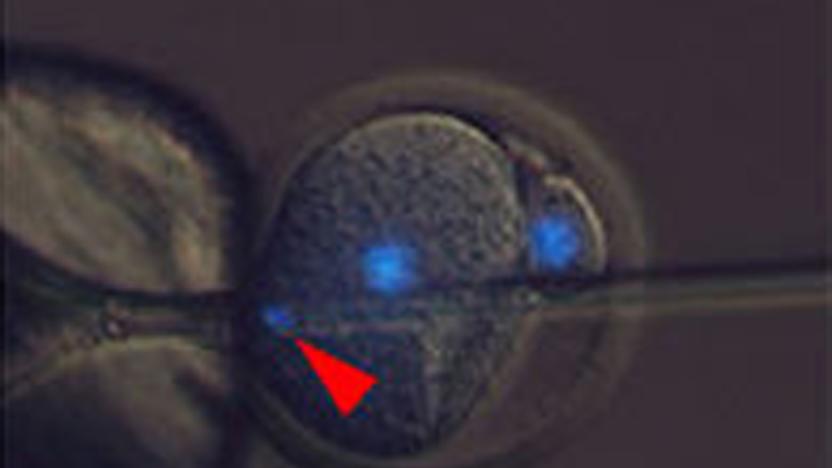
Researchers produce healthy mice without using fertilized eggs
A mammal needs fertilized egg cells to have children, right? Not so fast. University of Bath scientists report that they're the first to successfully breed healthy mice without any fertilized eggs, instead relying on inactive embryos. The team first doused eggs in strontium chloride, which prevents them from going into a state of arrest while they're turned into embryos -- previous attempts to fool the eggs saw them die within a few days. Researchers then inserted sperm nuclei that reprogrammed the embryos, readying them for the wombs of their surrogate mothers.

Logitech's Prodigy line takes aim at gaming's unwashed masses
These past few years, Logitech's been branching out into "serious" gaming gear with its G series, to better compete with companies like SteelSeries and Corsair. However, Logitech is still best known for simple computer peripherals that most people would keep in their office or den. The company is aiming to bridge these two worlds with its new line of Prodigy gaming gear coming out this month. The products offer enough of a performance boost to please many hardcore players, but their look and price could make a few converts of people who wouldn't normally consider themselves gamers.

A gaming mouse is a luxury I don't need, but I still want one
A while ago I assembled a list of eight gaming mice worth buying. They ran the gamut in terms of design, customization and, of course, price. Though all of these mice are still available and I'd gladly recommend any of them, quite a few contenders for the crown have made their debut since I published my roundup. For the past few months I've been using the Cougar M550 and the SteelSeries Rival 100 and, while both have a lot to offer hardcore gamers, a "filthy casual" like me also found plenty to like.
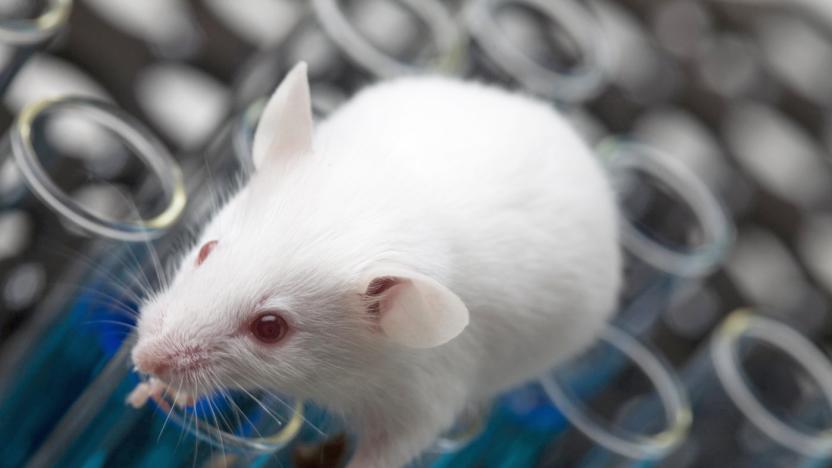
Scientists extend the lifespan of mice by up to 35 percent
Would you like to live 35 percent longer? Apparently the trick is removing worn-out "senescent' cells that have a degenerative affect on your body. "Cellular senescence is a biological mechanism that functions as an 'emergency brake' used by damaged cells to stop dividing," says Jan van Deursen, Ph.D., Chair of Biochemistry and Molecular biology at Mayo Clinic, and senior author of the paper. Scientists added a suicide gene to genetically modified mice, giving them a drug that targeted senescent cells. Treated rodents lived between 25 and 35 percent longer, and were also healthier: they were more active, and had better functioning hearts and kidneys compared to the control group.

ICYMI: Mousetrap for memory, balloon space launch and more
#fivemin-widget-blogsmith-image-30194{display:none;} .cke_show_borders #fivemin-widget-blogsmith-image-30194, #postcontentcontainer #fivemin-widget-blogsmith-image-30194{width:570px;display:block;} try{document.getElementById("fivemin-widget-blogsmith-image-30194").style.display="none";}catch(e){}Today on In Case You Missed It: A virtual reality simulator putting mice through a pretend maze is analyzing memory formation that should benefit humans. A newish space launch company plans to inflate stadium-sized balloons for a gentle flight to the stratosphere, with actual flights scheduled for 2017. Meanwhile researchers built a tractor beam using high-amplitude sound waves to move small objects, which is just as cool as it sounds.

VR simulator for mice helps researchers study Alzheimer's
A group of scientists from Janelia Research Campus have built their lab mice some sort of an Oculus Rift of their own. Okay, so it's not a tiny VR headset for rodents -- though that would have been amusing to see -- but a simulator with walls that touch the mouse's whiskers on either side. This makes the mouse think it's moving through a maze, when it's really just running on a small spherical treadmill. The researchers created the system not because the lab mice needed entertainment: they built it so they can observe how a mammal's brain reacts to injury, learns how to find routes and forms memories. They believe that by having a better grasp of memory formation, we can also understand diseases that cause memory loss (like Alzheimer's) a lot better.

ICYMI: Cancer loves supplements, cheap robot claws and more
#fivemin-widget-blogsmith-image-486891{display:none;} .cke_show_borders #fivemin-widget-blogsmith-image-486891, #postcontentcontainer #fivemin-widget-blogsmith-image-486891{width:570px;display:block;} try{document.getElementById("fivemin-widget-blogsmith-image-486891").style.display="none";}catch(e){}Today on In Case You Missed It: An affordable robotic arm is up on Kickstarter for $350 and promises machine vision, artificial intelligence and all kinds of other great stuff that we can hardly believe is available for that price. A shocking bit of research was just published on the effect some antioxidant supplements had on lab mice with cancer. Turns out it made tumors grow faster than the control group. Meanwhile those happy-go-lucky bike commuters have another new piece of bike tech for signaling to drivers. The Revolights Eclipse Plus syncs with Bluetooth and is being fulfilled through Kickstarter now.

Virtual reality for mice teaches scientists about navigation
Virtual reality isn't just helping scientists understand and treat fellow humans -- it's helping them make sense of their four-legged friends, too. Researchers have built a virtual maze that convinces mice they're running through hallways when they're really running on a ball. The invention makes it possible to keep the rodent's head still and study how its brain works while it's navigating. That's important when you can usually collect only limited data while a critter is on the move. Unlike earlier prototypes, this doesn't require training the mice before they can give the experience a try.

The best wireless mouse
This post was done in partnership with The Wirecutter, a buyer's guide to the best technology. Read the full article here. We spent 100 hours researching nearly 200 mice, surveying more than 1,000 mouse users, testing 28 mice ourselves, and consulting with a panel of experts and laypeople to determine that the $35 Logitech Marathon M705 is the best wireless mouse for most people. Our panel of mouse users with varying hand sizes and mousing grips almost unanimously favored the size, shape, and glide of the Marathon over the competition, especially praising its button selection and placement.










